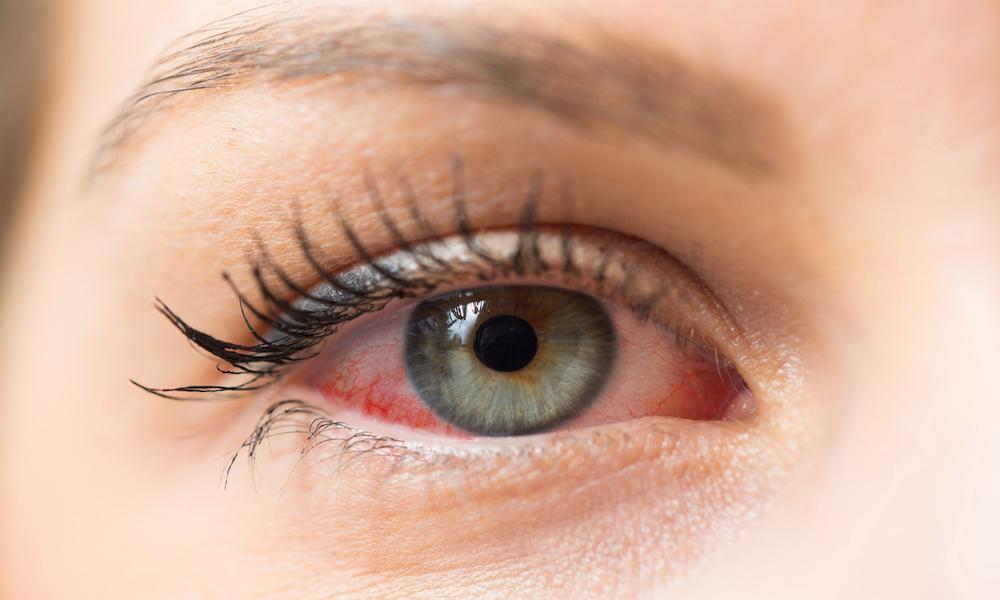Seasonal variations in sunlight intensity and duration create distinct challenges for maintaining optimal eye health throughout the year. These cyclical changes influence everything from tear production to retinal metabolism, requiring adaptive responses from ocular tissues. macuhealth dietary supplement nutrients become particularly important during seasons when natural light patterns shift dramatically and affect normal visual processes.
Winter light intensity
During winter, reduced daylight hours and lower sun angles create conditions of chronic light deprivation that affect multiple aspects of ocular function. The decreased photon flux reaching your eyes triggers adaptive changes in pupil size, retinal sensitivity, and visual processing mechanisms. Reduced winter illumination levels affect melatonin production patterns, directly influencing tear gland function and corneal epithelial cell renewal rates. The pineal gland’s response to diminished light exposure alters circadian hormone cycles that regulate various eye maintenance processes. Winter light conditions also influence:
- Rhodopsin regeneration rates in rod photoreceptors
- Tear film stability and composition changes
- Corneal oxygen consumption patterns
- Retinal blood flow regulation mechanisms
- Pupillary light reflex sensitivity adjustments
The combination of indoor heating systems and reduced humidity during winter months compounds these light-related effects, creating additional stress on ocular surface tissues that must maintain proper hydration and barrier function.
Summer UV radiation
Summer’s intense ultraviolet radiation exposure poses cumulative risks to various eye structures, particularly the cornea, lens, and retinal tissues. The increased solar elevation angle during summer months delivers higher UVA and UVB radiation concentrations to exposed ocular surfaces. Corneal tissues absorb most UVB radiation, leading to potential epithelial damage and inflammatory responses during peak exposure. UVA radiation penetrates deeper into ocular structures, reaching the lens and potentially contributing to oxidative stress in these usually transparent tissues. The retina faces indirect UV effects through:
- Free radical generation in anterior eye structures
- Altered antioxidant enzyme activity levels
- Changed protein synthesis rates in protective tissues
- Modified cellular repair mechanism efficiency
- Increased inflammatory mediator production
Extended summer daylight hours also mean prolonged periods of photochemical activity in retinal tissues, requiring sustained antioxidant protection and efficient cellular repair processes to maintain visual function.
Circadian rhythm changes
Seasonal shifts in daylight duration disrupt normal circadian rhythms that regulate essential eye health processes. The suprachiasmatic nucleus, your body’s master clock, relies on light signals transmitted through specialized retinal ganglion cells to coordinate these biological rhythms. Longer summer days delay melatonin production, affecting the timing of corneal epithelial cell division and tear secretion patterns. Winter’s shortened daylight periods advance melatonin release, potentially affecting intraocular pressure regulation and retinal metabolic cycles. These circadian disruptions influence:
- Corneal thickness fluctuations throughout the day
- Tear production volume and timing variations
- Intraocular pressure daily rhythm patterns
- Retinal neurotransmitter synthesis cycles
- Ocular blood flow regulation timing
The misalignment between artificial lighting schedules and natural seasonal light patterns can amplify these circadian disruptions, creating additional stress on ocular tissues that follow natural light-dark cycles.
Seasonal changes in sunlight exposure create dynamic challenges for eye health that require continuous adaptation from ocular tissues and supporting biological systems. Nutritional support must be maintained consistently to avoid seasonal changes and maintain optimal visual function throughout the year.

